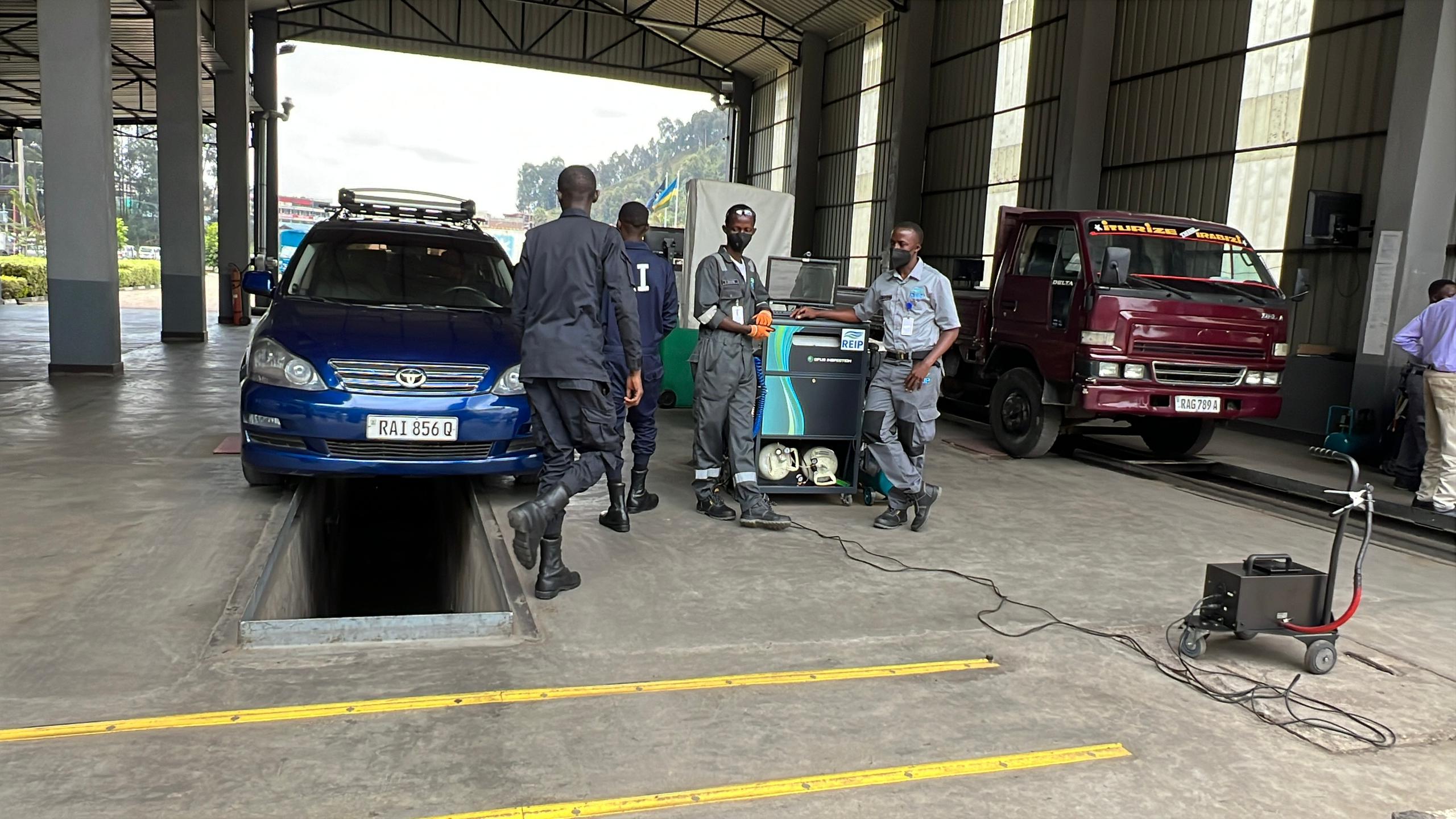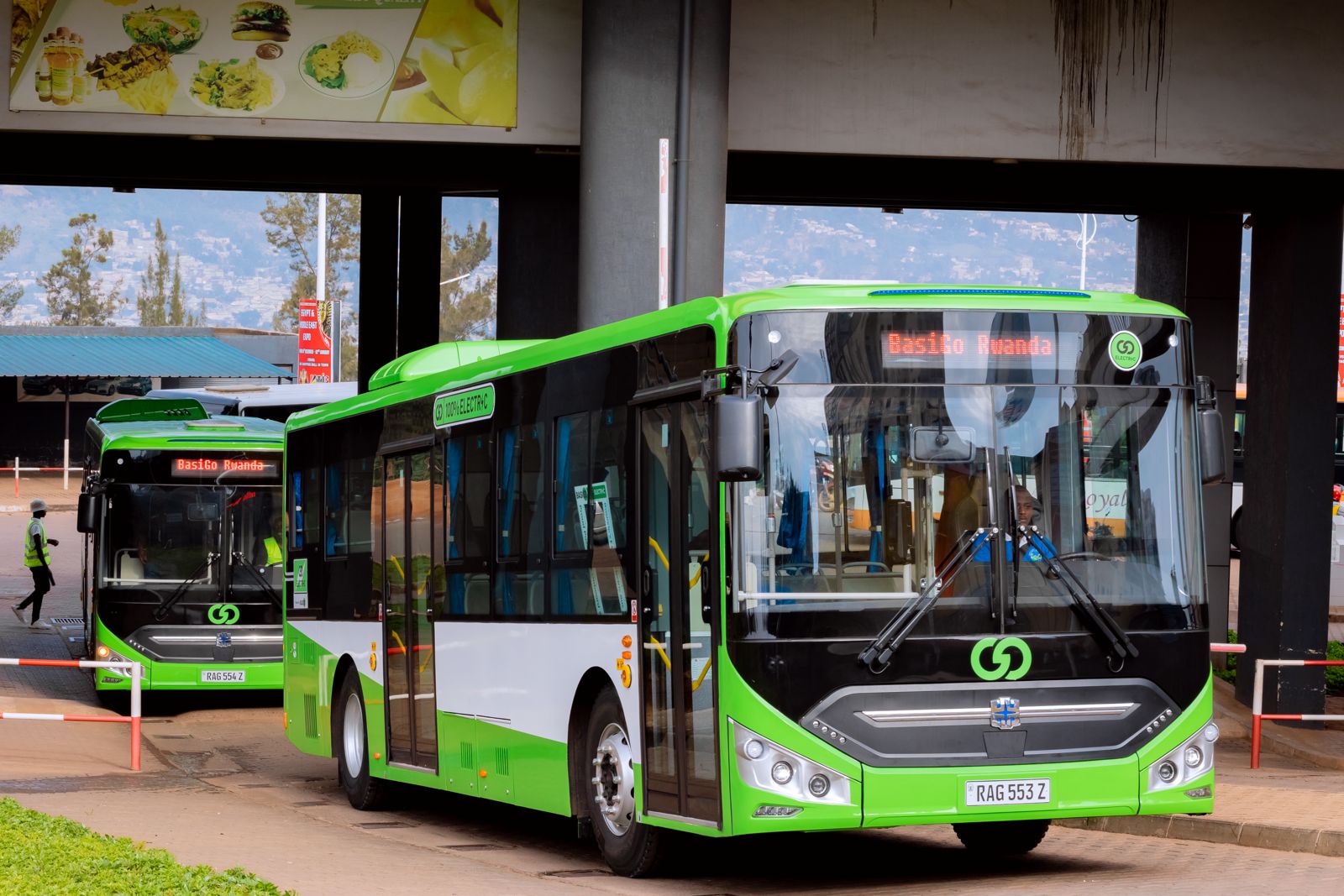How vehicles pollute the air and measures taken by the Rwandan government
Vehicles are among the leading sources of air pollution, especially in cities with heavy traffic, causing significant impacts on human health and contributing to climate change.In Rwanda, various government institutions continue to implement measures aimed at reducing harmful emissions from vehicles to protect both human health and the environment.
The Rwanda Environment Management Authority (REMA) conducted a study on energy-consuming sectors that pollute the atmosphere, including vehicles, industries, and others.
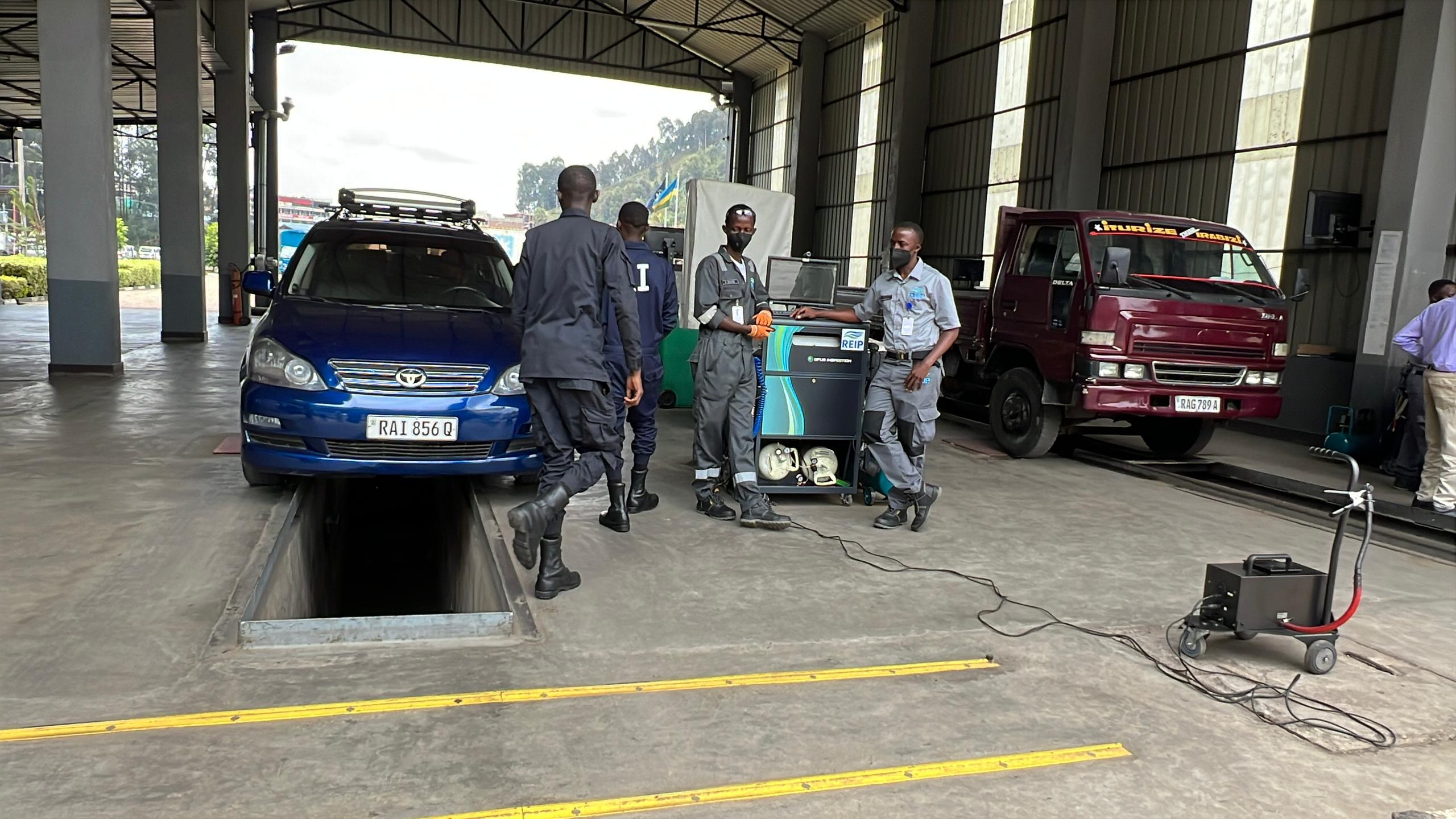
Findings from the study showed that in 2018, vehicles were responsible for 57% of air pollutants.
According to P. Celestin Hakizimana, Head of Air Quality Monitoring at REMA, motorcycles are among the top vehicles emitting the highest levels of harmful gases into the atmosphere.
He explained: “The key contributor here is the rapid increase in motorcycles, which are now the leading source of emissions. Out of approximately 380,000 registered vehicles in Rwanda, about 200,000 are motorcycles. This means motorcycles account for around 48% of total vehicle-related emissions.”
Cars and motorcycles running on petrol or diesel emit gases such as carbon monoxide (CO), nitrogen oxides (NOₓ), hydrocarbons (HC), and fine particulate matter known as PM₂.₅. These pollutants are dangerous to human health, often causing respiratory and cardiovascular diseases.
In addition, vehicles emit carbon dioxide (CO₂), which is a major driver of global climate change. Increased levels of CO₂ cause rising global temperatures, leading to impacts on health, agriculture, and ecosystems.
Eng. Aimé Ndikumana, a vehicle mechanic, highlighted the particular impact of motorcycles on pollution:
“Many vehicles pollute the air, but motorcycles contribute even more because they lack systems designed to reduce toxic emissions from engines. Their exhaust system directly releases fumes as soon as the engine starts running.”
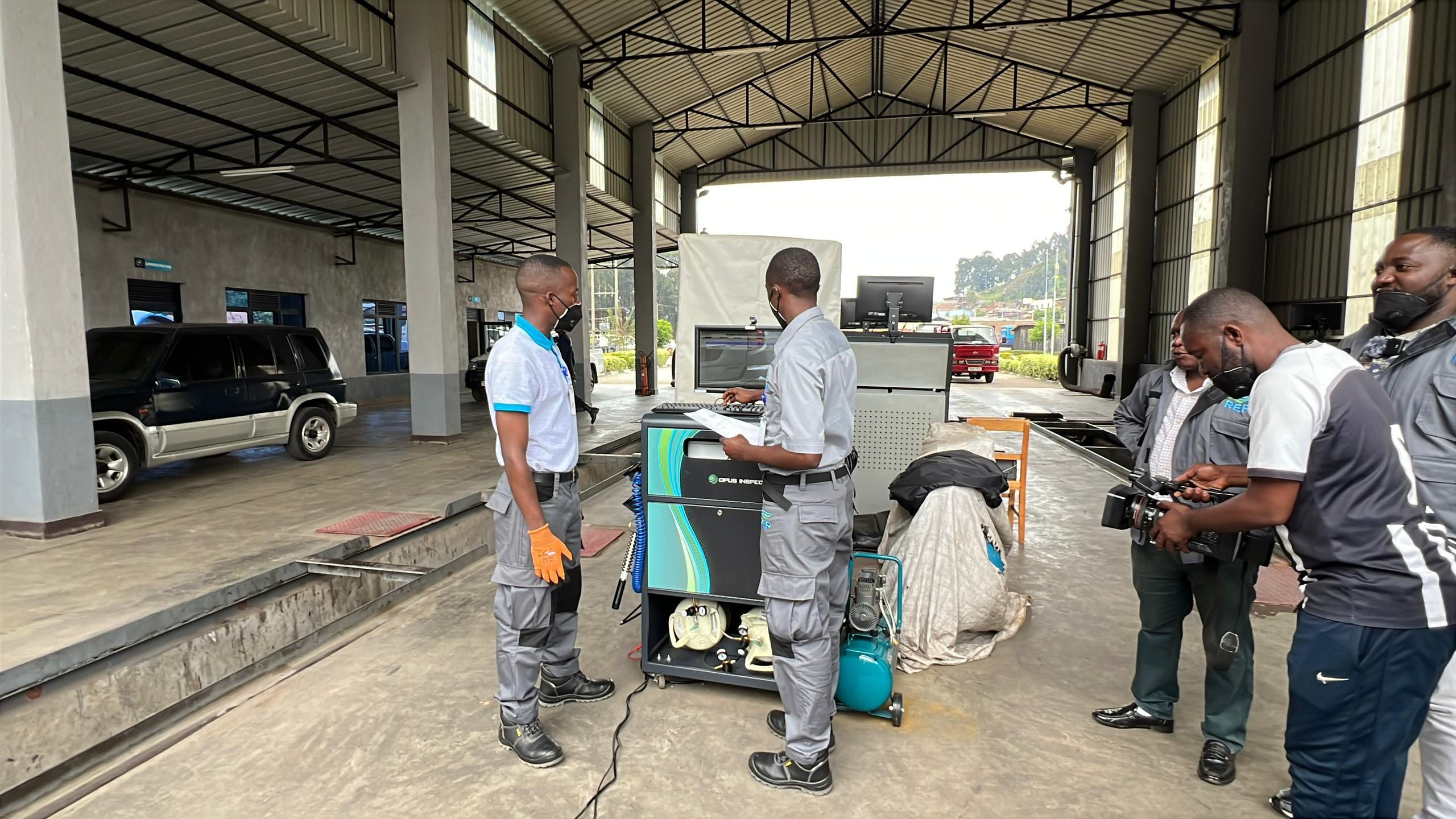
On the other hand, regular vehicle inspections are seen as a solution to limit emissions, with the government encouraging owners to maintain their vehicles properly.
“Because some vehicle owners neglect maintenance to save money, emission testing is being reintroduced to remind them of their responsibility. Poor maintenance leads directly to increased pollution.”
Recent studies have shown that air quality in Rwanda, particularly in Kigali, contains PM₂.₅ levels five times higher than the safe thresholds recommended by the World Health Organization (WHO). Furthermore, 80% of inspected vehicles were found to emit pollutants above permissible limits.
In response, the Rwandan government recently began testing vehicles including cars and motorcycles for emission levels to safeguard public health.
Inspection centers have been established in different parts of the country, including Remera (Kigali), Rwamagana (Eastern Province), Musanze (Northern Province and the Northwest), and Huye (Southern Province and the Southwest). Through the Irembo online platform, vehicle owners can now access both the traditional technical inspection service provided by the police and the new emissions testing service.
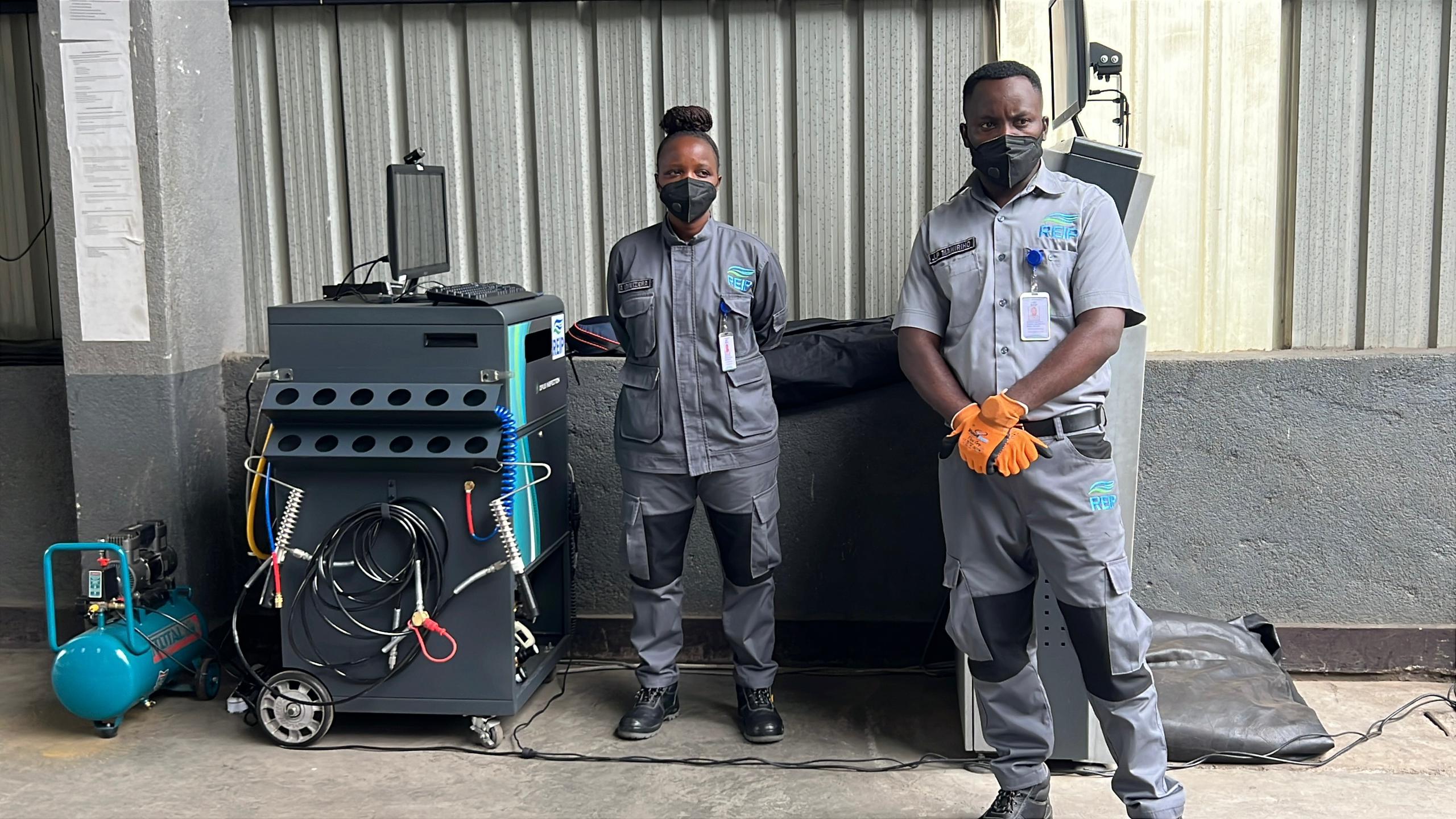
At Musanze inspection station, this program is already underway. Hakizimana emphasized: “REMA has launched enhanced emission testing to reduce air pollution levels since our studies consistently show vehicles are the biggest contributors to air pollution.”
Rwanda is also advancing its e-mobility agenda, aiming for at least 20% of vehicles to be electric by 2030. To encourage this, the government has reduced taxes on electric and hybrid vehicles.
Additionally, stricter emission regulations have been enforced: vehicles exceeding the allowed emission levels face penalties, with fines reaching up to 5 million Rwandan francs.
Despite these efforts, challenges remain, including the high cost of electric vehicles, the limited number of charging stations, and low public awareness about the dangers of vehicle emissions.
Nonetheless, REMA notes that if the government’s policies are fully implemented, Rwanda is expected to achieve significant reductions in vehicle-related air pollution in the coming years helping to protect citizens’ health and preserve the environment.
